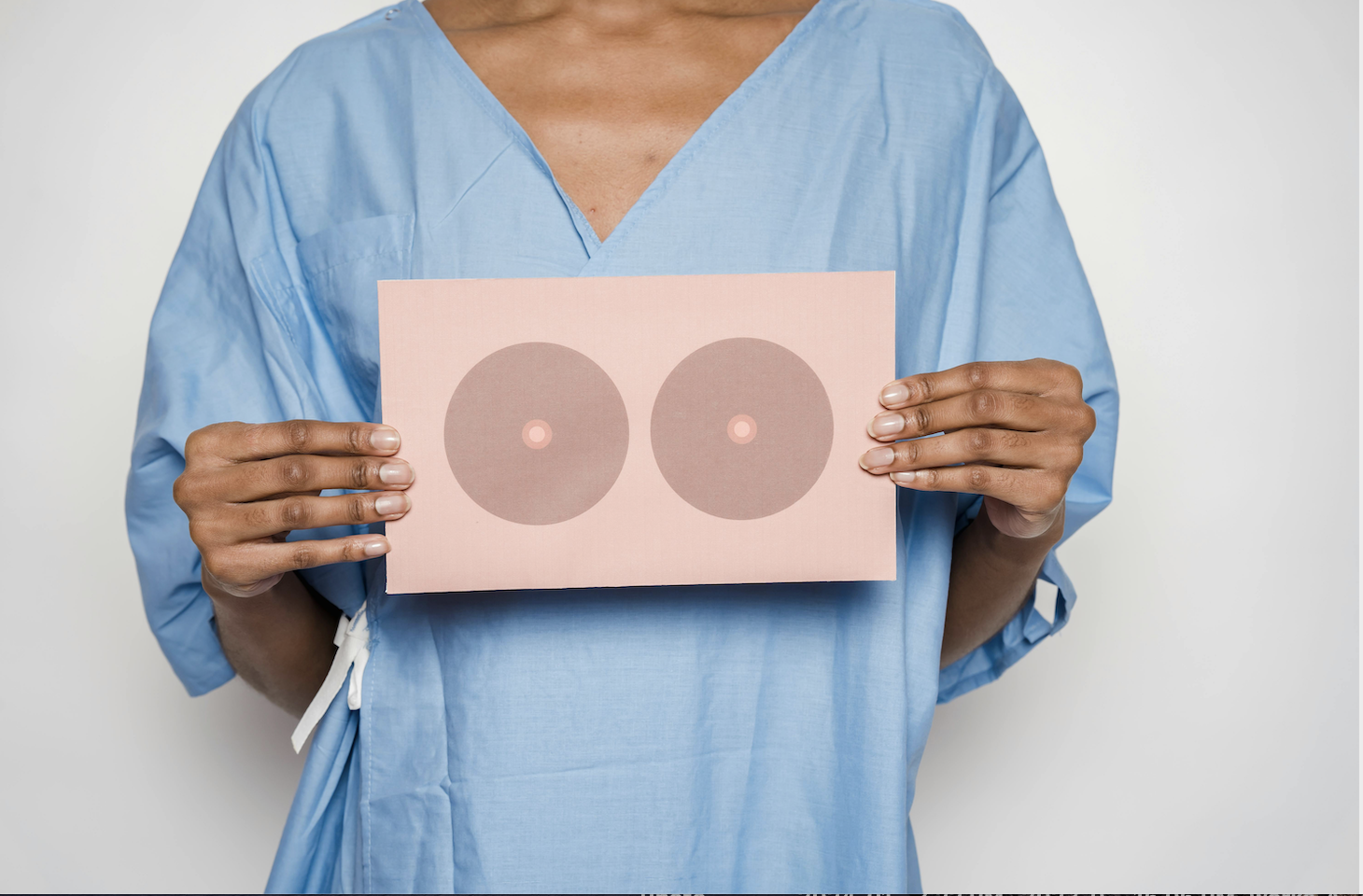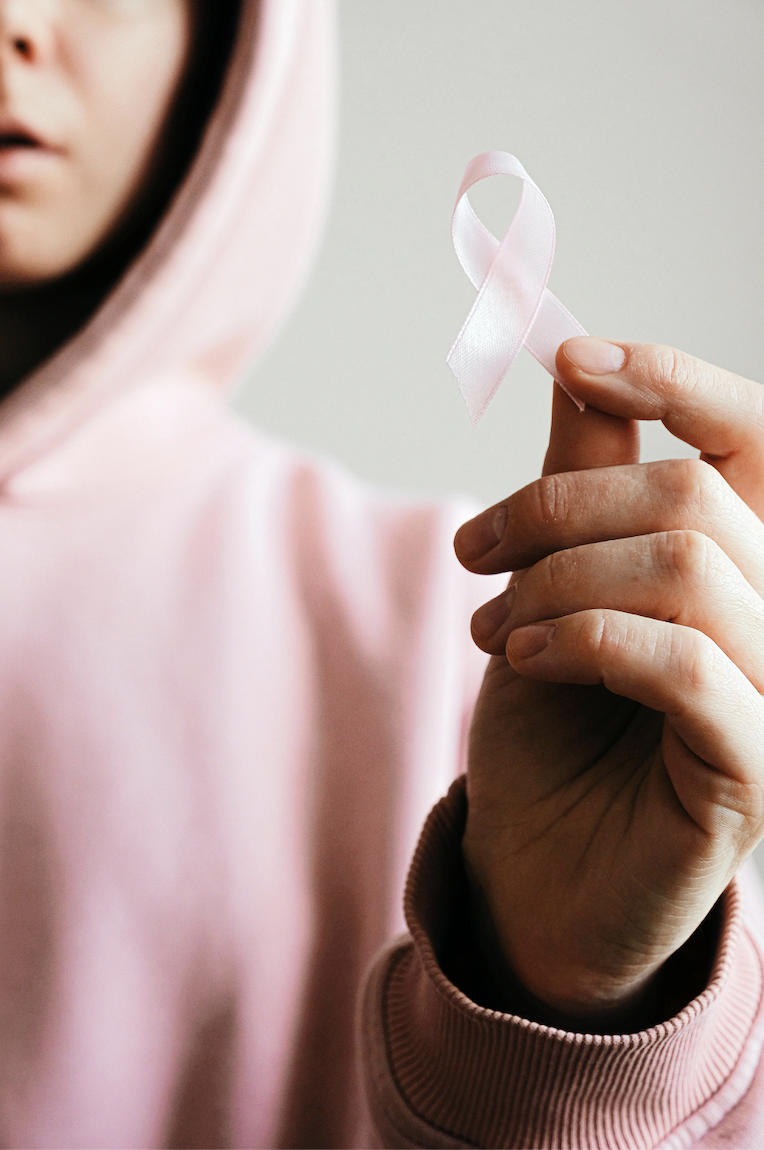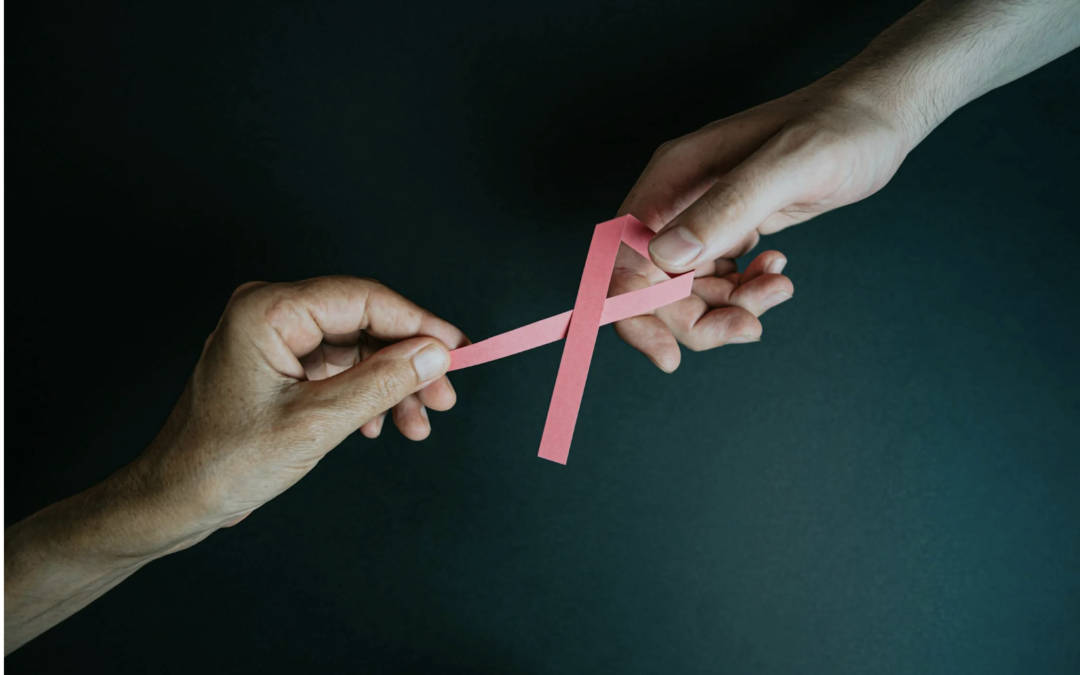
An estimated 42,250 women will die from breast cancer this year, according to the American Cancer Society. Accounting for 1 in 3 female cancers annually, breast cancer is the second most common cancer diagnosed in females, besides skin cancer– so it’s essential to undergo regular screenings and familiarize oneself with the indicators and symptoms of breast cancer to detect it early.
Doctors have become more proactive about early detection, recommending that the average woman should have a yearly screening starting at 45 to 50 years of age. However, there has been a recent shift from the 45 to 50 age range to 40 years old. Why this shift?
“Most patients will tell you that if there’s a chance of finding their cancer a little earlier — with a small chance of a false positive — that’s OK,” says Steven Isakoff, Director of Breast Cancer Clinical Research at Mass General Cancer Center, highlighting the fact that more American women know that prevention is better than cure. (read more about it here)
The 40s may be deemed a bit early, but there’s nothing wrong with being more proactive about breast cancer awareness and detection. This, in the long run, can save your life.

What is breast cancer?
First, let’s delve into some background information. Breast cancer occurs when abnormal breast cells grow out of control and form tumors. Typically, these breast cancer cells grow from milk ducts or the milk-producing lobules of the breast.
According to the World Health Organization, the earliest form (in situ) is not life-threatening. The problem begins when these cancer cells spread into nearby breast tissue, often termed by doctors as an invasion. This is why early detection is essential – the earlier it’s caught, the better.
Symptoms and early signs of breast cancer
During its initial development, breast cancer might not exhibit any noticeable symptoms. Often, a tumor can be too minuscule to detect through touch, yet an anomaly may still be evident on a mammogram.
Should a tumor become noticeable, the primary indication typically manifests as a novel lump in the breast. Nonetheless, it’s important to note that not all lumps indicate cancer.
Different types of breast cancer can present a range of symptoms. While many symptoms may overlap, there are also variations. According to Healthline, common symptoms associated with the most prevalent forms of breast cancer include:
- a breast lump or tissue thickening that feels different from surrounding tissue and is new
- breast pain
- red or discolored, pitted skin on the breast
- swelling in all or part of your breast
- a nipple discharge other than breast milk
- bloody discharge from your nipple
- peeling, scaling, or flaking of skin on your nipple or breast
- a sudden, unexplained change in the shape or size of your breast
- inverted nipple
- changes to the appearance of the skin on your breasts
- a lump or swelling under your arm

Is breast pain a sign of cancer?
Many women experience breast pain, but it doesn’t mean you have breast cancer. Breast pain, according to Roswell Park Comprehensive Center, can be due to many causes. “Oftentimes, we cannot pinpoint the reason. Infection is a common source. It could be from drinking too much coffee, from being stressed out, or because of age,” says Dr. Kazuki Takabe, Roswell’s Clinical Chief of Breast Surgery.
Even though breast pain is not a common symptom of breast cancer, if you’re feeling discomfort in your breasts, you must immediately call your doctor for a check-up.
Types of Breast Cancer
Myth: all breast cancers are the same. The truth? There are many types of breast cancer, and each is categorized on the type of tissue where the cancer begins. Knowing the type of breast cancer is crucial for doctors as this will help them determine which treatments will be most effective.
Ductal Carcinoma
Ductal carcinoma simply means the cancer is in the breast’s milk ducts. Ductal carcinoma in situ (DCIS) also means non-invasive or pre-invasive cancer. Because the cancer isn’t aggressive, and doesn’t spread beyond the milk ducts, this type of cancer is treatable using a non-invasive approach (radiation.) However, as soon as the cancer leaves the ducts, it’s considered invasive, and will require a different approach.
Lobular Carcinoma
Lobular carcinoma is the second most common type of cancer, also known as invasive lobular carcinoma. According to Cancer Research UK, around 15 in every 100 breast cancers are lobular cancers. When one says lobular, it means the cancer starts in the cells that line the lobules and has spread into the surrounding breast tissue. Lobules are the glands that make milk when breastfeeding.
Breast Sarcoma
A very rare type of breast cancer (represents less than 1% of breast malignancies), breast sarcoma begins in the connective tissue that supports the ducts and lobules of the breast. Frequently, they exhibit high-grade characteristics, indicating rapid cell division or significant abnormality in appearance. Breast sarcomas also tend to be diagnosed at larger sizes compared to other forms of breast tumors.
Inflammatory Breast Cancer
Inflammatory breast cancer, also known as IBC, is a rare type of cancer that develops at a rapid pace, and requires urgent treatment. Its signs include redness, swelling, pain, enlargement of one breast, and breast skin that resembles an orange peel. Treatments include chemotherapy, surgery, and radiation.
Paget’s Disease of the Breast
Symptoms of Paget’s disease of the breast include nipple discharge (that isn’t breast milk), flattened nipple or skin that is flaky, thick, tingly, itchy and red. Less than 4% of breast cancer cases are classified as Paget’s disease of the breast.
Metastatic Breast Cancer
Metastatic breast cancer (also known as advanced breast cancer or Stage IV) is cancer that grows from the breasts to other areas of your body. Unfortunately, there is no cure, but thanks to new and advanced treatment, survival rate from metastatic cancer is high – five-year survival rate is 86%, according to the American Cancer Society.
Recurrent Breast Cancer
Recurrent breast cancer is when a patient undergoes remission and the cancer comes back. There might be a new lump or a swollen lymph node, making it crucial for cancer patients, even if cured, to return to the clinic or hospita and have routinary check-ups.
Hormone-fueled Breast Cancer
According to the American Cancer Society, 2 out of 3 breast cancers are hormone-fueled. Hormone-fueled breast cancer is the type stimulated by the presence of estrogen or progesterone. This means the breast tumor cells possess proteins that feed off estrogen or progesterone. To fight this kind of cancer, doctors use hormone therapy, blocking hormone receptors, to prevent it from spreading. However, this therapy causes many side effects. Good news is, new research– carried out by the Karolinska Institut, Sweden, uncovered a different way to starve out the hormone-fueled breast cancer cells– this may lead to better drugs in the future. Read more about it here.

The complicated relationship between cancer and the immune system
Your immune system is engineered to identify and eliminate external substances that can cause you harm. So why doesn’t it follow through when it comes to breast cancer cells?
The relationship between the immune system and cancer is precarious. Pre-cancerous cells do not look different from healthy cells. Once they do become cancerous, cancer cells start do shed proteins that for the immune system, appears like antigens, signaling the body to make an immune response.
Immune cells like T cells and natural killer cells (NK cells) frequently intervene and halt the progression before a genuine cancer can form. Throughout the cancer development process, cancerous cells acquire mechanisms to evade immune detection. Breast cancer is not an instantaneous occurrence; it evolves gradually over time. As healthy cells transition towards becoming fully malignant, they continuously undergo genetic mutations. For more info, go to Breastcancer.org.)
For breast cancer and other types of cancer, scientists are actively working on devising therapies that can use the immune system to help the body recognize and target cancerous cells in the body. Scientists are studying and developing approaches that target the immune system, such as targeted therapy, immunotherapy, and CART therapy. These approaches may likely replace chemotherapy in the future.
For example, the researchers of Baylor College of Medicine in Houston Texas identified a strategy cancer cells use. (see full story here: BCM.edu)
This is what happens: the breast cancer tumors emit molecule cues to the bone marrow, where immune cells originate. These cues modify the bone marrow’s milieu, suppressing its ability to mount a defensive response against the tumor. These alterstions endure even after tumor removal.
Further, the researchers pinpointed methods to expedite the restoration of the bone marrow’s normal state following tumor elimination, thereby accelerating the recovery of the immune system. These discoveries and more warrant future research that may lead to enhanced treatments for cancer patients.
When to see a doctor about it
Whether you’re in your thirties, forties, or fifties, thinking of your breast health is crucial. It wouldn’t hurt to be vigilant and knowledgeable.
If by chance you encounter any of the symptoms above, know that it doesn’t automatically mean you have breast cancer. But take those as signs to go the doctor, stat, as timelier detection of breast cancer significantly enhances the chances for successful treatments (and less invasive ones).
By taking proactive steps and seeking professional evaluation, you can safeguard your well-being and ensure early detection, paving the way for effective treatment strategies. A monthly self-breast exam will help, as well as seeing your doctor for regular check-ups and of course, taking care of your body through proper nutrition, exercise, and mind-body practices. Our website, Naturally-Immune has a whole section full of content about ways you can strengthen your body and enhance your well-being.
This story was written to commemorate World Cancer Day last February 4, 2024.
Tags
References:
American Cancer Society
Web MD
Women’s Health: Signs of Breast Cancer
Roswell Park Comprehensive Center
Cancer Research UK
World Health Organization
Healthline
Everyday Health
Baylor College of Medicine
BreastCancer.org



0 Comments